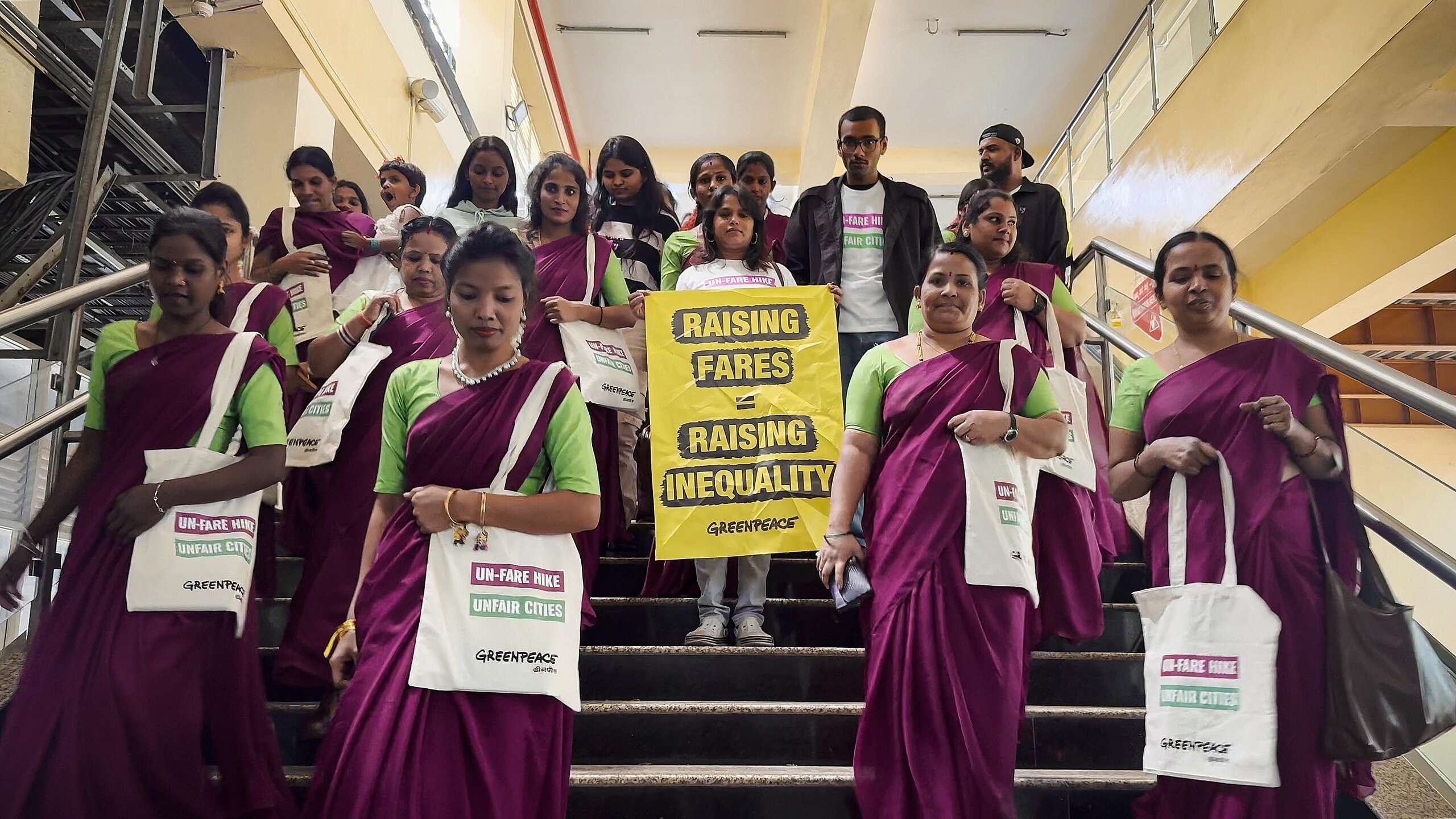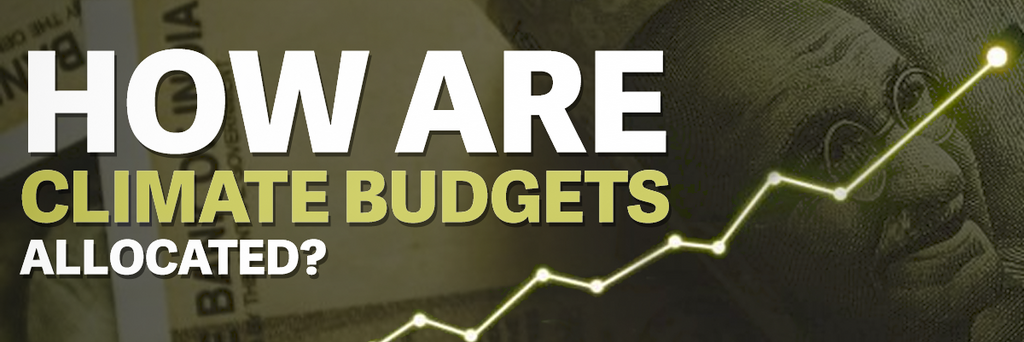
The Union Budget 2025 has sparked mixed reactions across the country. While business leaders, financial analysts, and the middle class welcomed financial reforms, climate activists were left in total disarray. Despite India being the seventh most vulnerable country to climate impacts, the budget lacks dedicated adaptation funds.
The Economic Survey 2024-25 highlights the growing gap in adaptation efforts. While adaptation spending increased from 3.7% of GDP in FY16 to 5.6% in FY22, the funding remains inadequate. The survey further emphasized the imbalance in climate financing. While domestic resources have primarily financed climate action, international funding remains inadequate, with a bias towards mitigation.
This imbalance and lack of budgetary support for adaptation puts vulnerable communities at greater risk, directly affecting lives, livelihoods, and the economy.
Read along as we decode the budget through a climate lens for each sector.
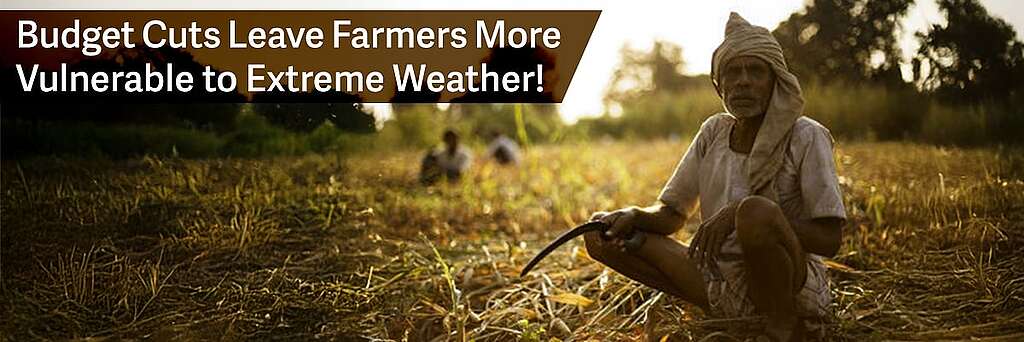
Agriculture and Allied Activities
Extreme weather events are a major factor for the reduction in crop yield. Despite an urgent need for a stronger response, this year’s budget cuts funding by Rs. 5,042 crore compared to last year.
In addition, crop insurance schemes like the Pradhan Mantri Fasal Bima Yojana (PMFBY), which are crucial for safeguarding farmers against financial losses, received nearly 23% less compared to the revised budget last year. Cutting this allocation directly weakens the resilience of farmers and agricultural workers, leaving them exposed to the full impact of climate change.
The budget cuts reveal a clear gap between policy intentions and actual funding, even though agriculture is labeled as a ‘priority sector’. Without enough support for income security and risk management through crop insurance, farmers remain vulnerable and lack the necessary resources to adapt to climate risks.
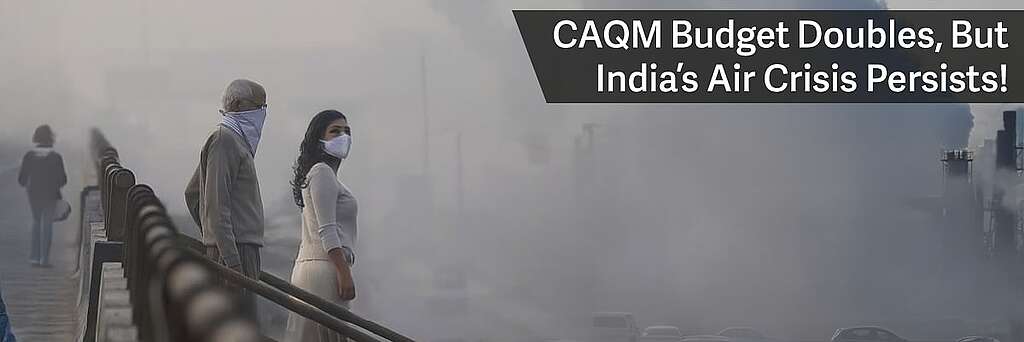
Commission for Air Quality Management (CAQM)
The CAQM is set up to manage air quality in the National Capital Region and adjoining areas and takes decisions on the activation of the Graded Response Action Plan (GRAP) for the National Capital.
The budget for the Commission for Air Quality Management (CAQM) has increased 2 fold compared to last year. While this is a welcome move, this allocation does not reflect the true scale of air pollution as a national crisis and does not appear to align with the urgent need for comprehensive yet coordinated prevention and mitigation strategies across the country.
The lack of funding suggests that the Union Government continues to view air pollution primarily as an issue confined to northern cities like Delhi, overlooking the growing pollution challenges in other affected cities like Mumbai, Kolkata, Bengaluru, and other southern regions.
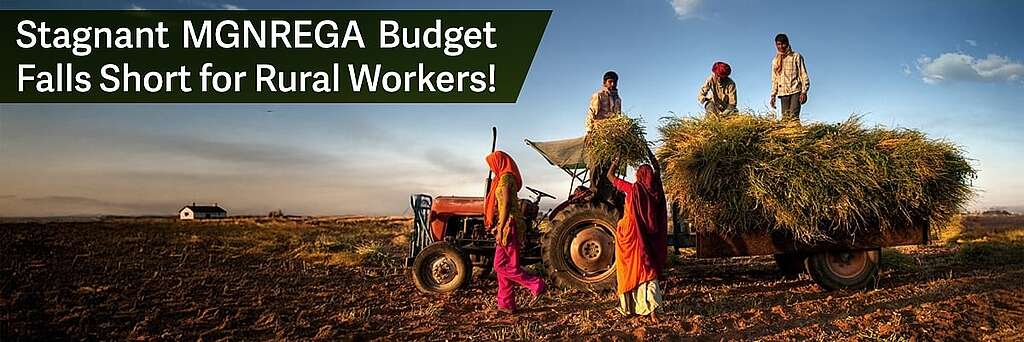
Mahatma Gandhi National Rural Employment Guarantee Act (MGNREGA)
Rural workers in India depend on daily wages due to the seasonal nature of agriculture and income instability, which leads to fluctuating labour demand and unpredictable earnings. Limited education and skills prevent many from accessing better-paying jobs, keeping them in low-wage work.
For years, rural workers have demanded higher wages and more work days under MGNREGA to cope with the rising living costs and inflation.
The budget for MGNREGA remains unchanged, reducing the scheme’s impact on rural incomes and economic growth.
MGNREGA could have been strategically leveraged to create climate-resilient employment opportunities, particularly for informal workers in agriculture and construction. By integrating climate adaptation projects into the scheme, it could help mitigate the impacts of climate change on rural livelihoods, while simultaneously boosting rural incomes and promoting sustainable growth.
The current funding allocation, however, fails to align with these opportunities, limiting MGNREGA’s capacity to drive long-term economic resilience in rural areas.
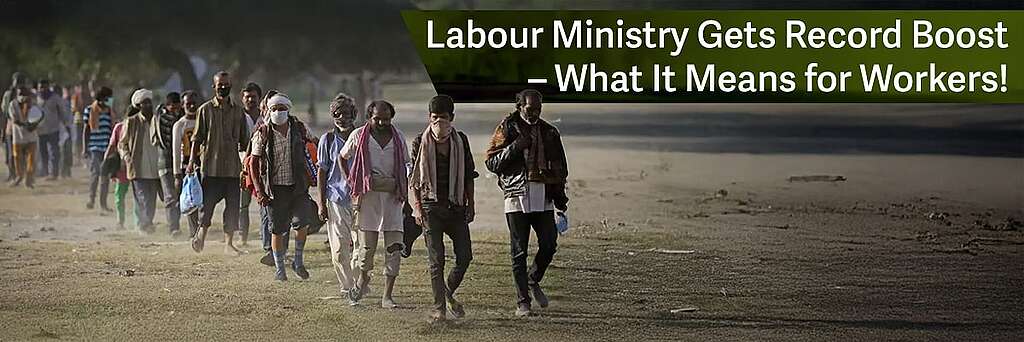
The labour ministry (Rs. 32,646 crores) gets its highest-ever allocation
Climate-induced migration is becoming a growing crisis, driven by necessity rather than choice. This raises an urgent need to view migration and job losses through the lens of climate change.
With the labour ministry getting its highest allocation, a multi-sectoral rural prosperity and resilience program will be launched with states to address agricultural underemployment through skilling, investment, and technology. However, the program’s effectiveness hinges on considering the climate crisis. Without integrating climate resilience, the initiative risks falling short. Ensuring sustainable livelihoods across sectors requires addressing both economic and climate vulnerabilities, fostering a more

Introduction of identity cards, e-shram registration, and healthcare coverage under PM Jan Arogya Yojana for Gig workers.
Gig workers often work under precarious conditions, where they are highly vulnerable to extreme weather events. In an essential step to ensure social security for gig workers, identity cards, e-Shram registration, and healthcare coverage under PM Jan Arogya Yojana have been introduced.
This initiative is a positive step toward providing dignity and security to an important part of the workforce.
However, it’s not enough, as it doesn’t recognize them as workers. We need a national legal framework to protect gig workers’ rights and special policies to support them during extreme weather conditions.
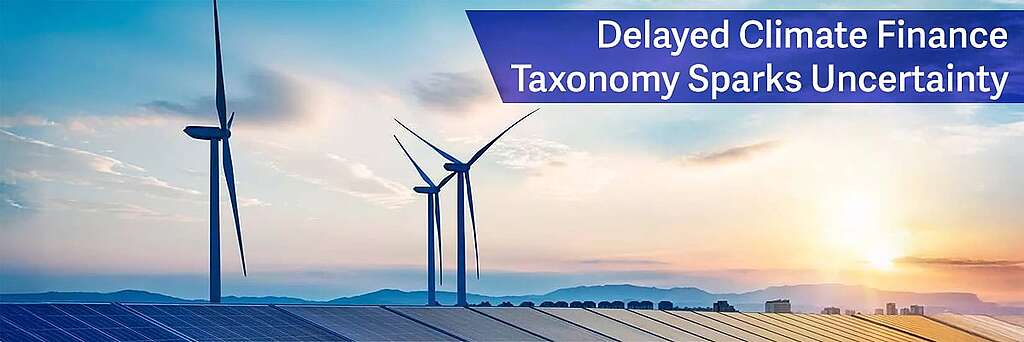
Climate Taxonomy
The framework for the proposed climate finance taxonomy in the Union Budget 2024-25, has yet to see the light of the day. The lack of a defined taxonomy has created uncertainty for investors, institutions, and regulators, leaving them unclear about what constitutes a “green” investment. This not only risks misdirecting funds but also increases the potential for greenwashing, where projects falsely claim environmental benefits without meaningful impact.
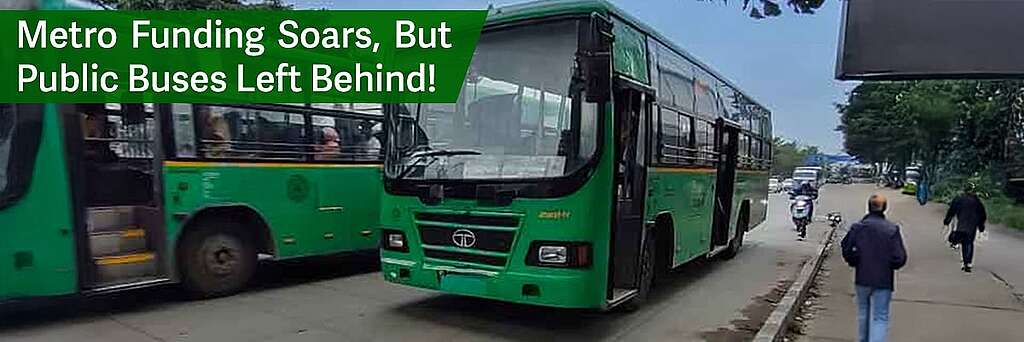
Mobility
Grants to the metro rail projects have increased 9 times, yet first and last-mile connectivity remains inefficient and unaffordable.
Meanwhile, funding for public bus transport is missing, except for the PM E-bus scheme, which received an allocation of Rs.1310 crores. The PM-eBus Sewa Scheme aims to expand urban bus services.
The Atal Mission for Urban Rejuvenation and Urban Transformation (AMRUT), which helps to provide basic services like public transportation, drainage connection, and water connectivity to 500 cities in India, received a significant increase of Rs. 9400 crore from last year.
The budget misses the opportunity to reallocate funds to prioritize public transport, particularly buses, over expensive road, flyover, and metro projects. Millions of people depend on public buses for their daily commute to workplaces, healthcare, educational institutions, and even recreational spaces.
A stronger bus network is essential for a more inclusive, sustainable, and climate-friendly transport system in India.

Overall, the Union Budget 2025 has made significant strides in boosting renewable energy, clean technology, and sustainable infrastructure. Major investments in hydrogen energy, electric vehicles, and solar power signal a positive direction toward achieving India’s climate goals and fostering green growth.
Despite India’s growing vulnerability to floods, cyclones, and heatwaves, climate adaptation remains underfunded. The budget lacks new schemes or sufficient funding for disaster resilience, leaving the most vulnerable communities at risk.



